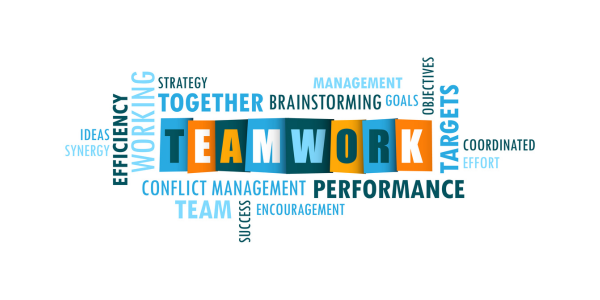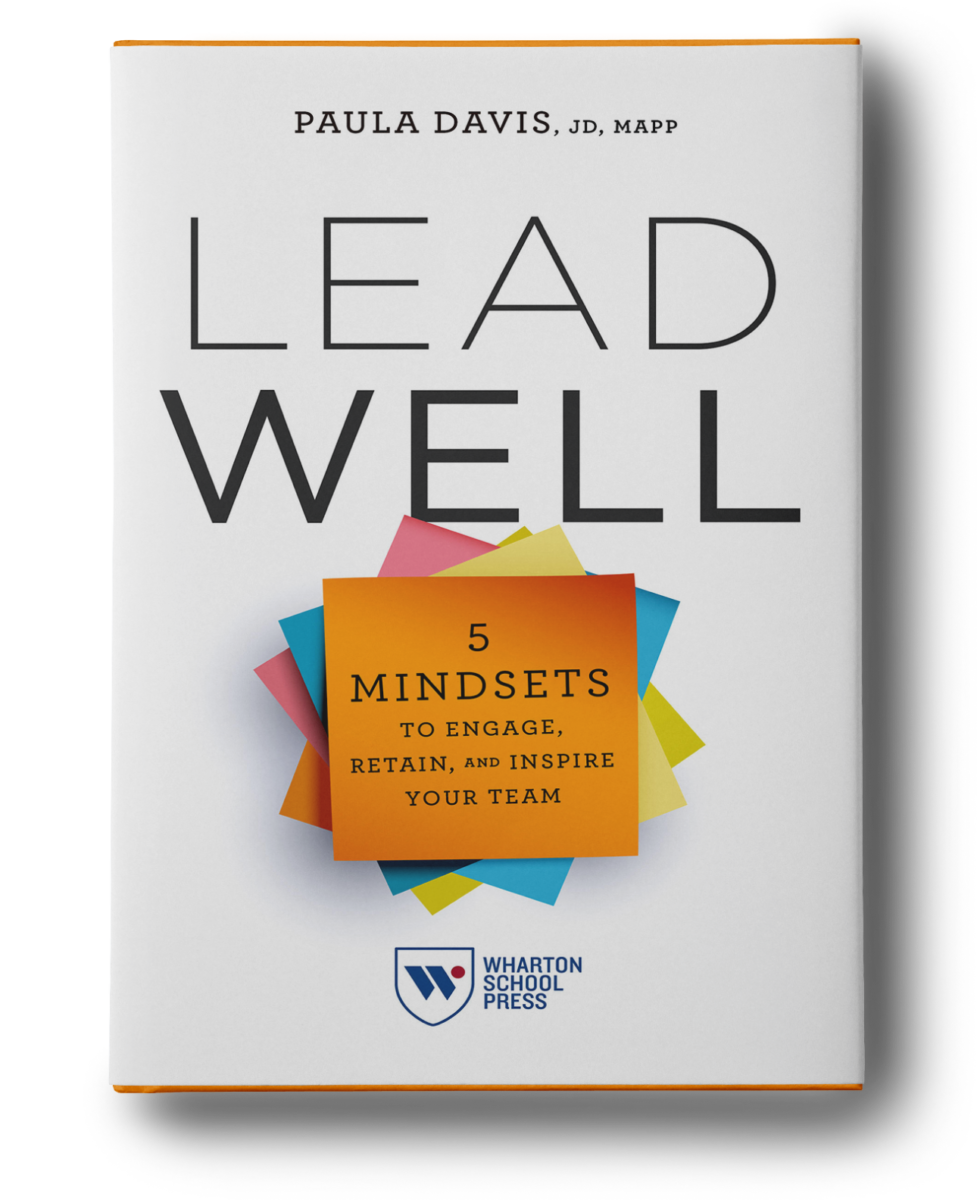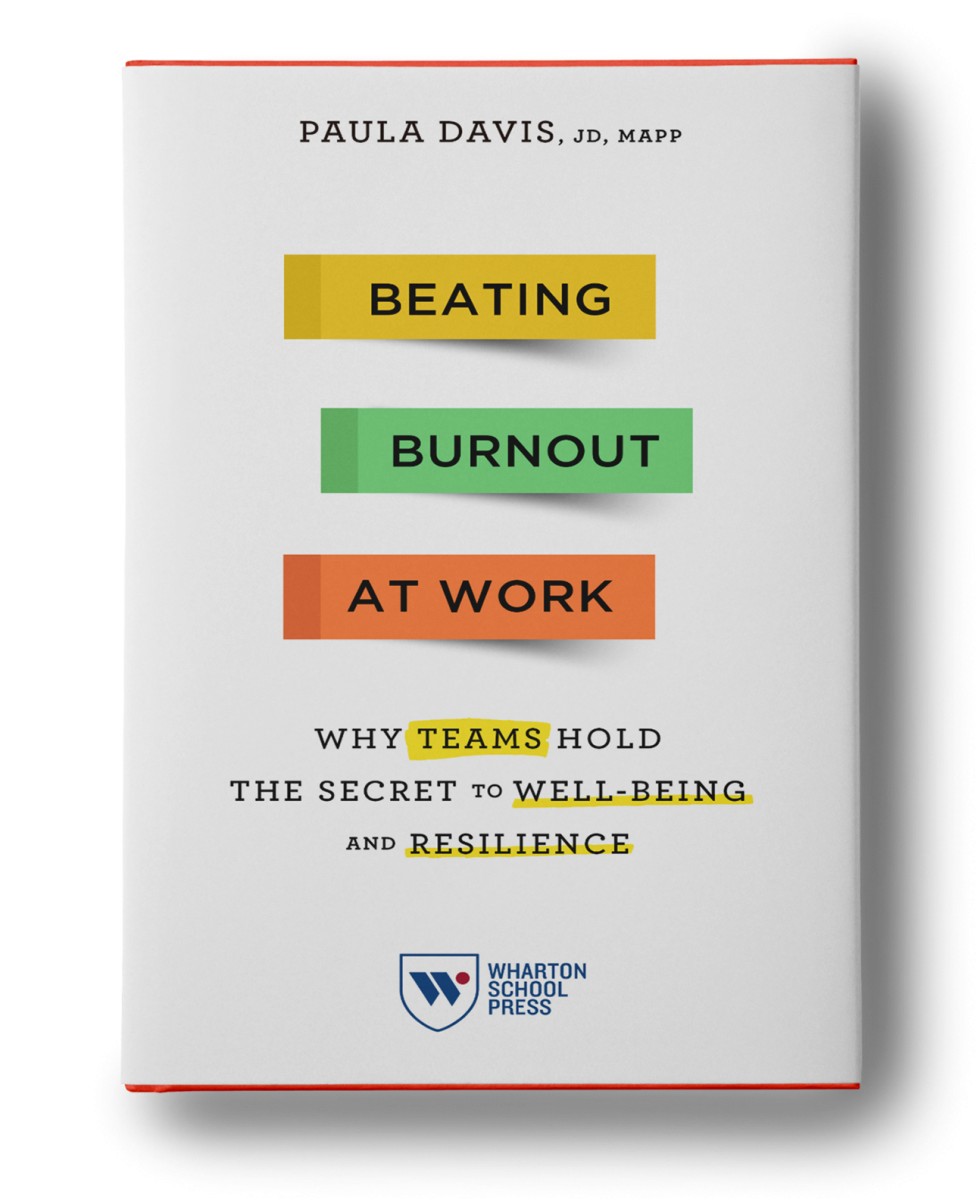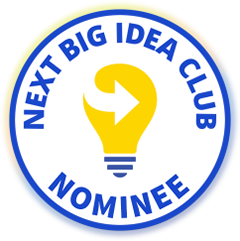In today’s fast-paced work environment, a sustainable workload is essential for long-term productivity and employee well-being; yet, it’s universally one of the biggest challenges leaders tell me they face. While high performance is often the goal, continuous effort without adequate recovery can lead to burnout, decreased effectiveness, and disengagement. Creating workload sustainability requires more than just managing tasks and having great teaming processes in place—it involves strategically incorporating recovery efforts to ensure resilience. By prioritizing recovery (both at work and outside of work), individuals and organizations can prevent overload, maintain high performance, and foster a healthier, more sustainable work culture.
Recovery is simply the act of processing the day’s stress, and the research around effective recovery activities is more complex and nuanced than what you may read in popular media or hear from self-help experts. As you think about processing stress each day, I want you to think about these six pathways as being promising avenues to do so:
Psychological detachment: Refraining from or limiting work-related thoughts and gaining mental distance from your work during non-work time.
Relaxation: The experience of everyday activities that calm the body and mind.
Autonomy: You have some degree of self-determination and agency in deciding what to do and how to do it during non-work time.
Mastery: Activities that include the experience of growth and/or learning experiences.
Meaning: Activities that connect you to your values or something important.
Connection: Pursuing activities associated with friends, family, or close others that you care about. Spending time in the presence of others who matter to you.
You can use different combinations of recovery activities and recovery experiences and these combinations can fluctuate from day-to-day.
Here are some ideas for you to consider that use one or more of the above pathways:
Have an “opposite world.” Research by Nick Petrie and his team shows that one of the most effective things you can do to manage stress and prevent burnout is to create an opposite world. For many high achieving professionals, work is often their identity, and having an opposite world to go to helps to relieve some of the work-only focus and strain. What does your opposite world look like? Are you a master gardener? A sports enthusiast? A salsa dancer? A volunteer at an animal shelter? You need to develop activities, interests, and identities outside of work.
Change your password to reflect a value, goal, or positive emotion. I started talking about this technique after I read an article about a guy who wanted to forgive his wife after their divorce. He changed his password to forgive@her, and he found it so helpful that he used the technique again to stop smoking. This works because it’s a form of priming – helping to activate nonconscious processes (processes that do not require conscious control) to facilitate goal achievement and self-regulation.
Create an impact goal. Impact goals are less about the objective goals you have like working a set number of hours, but more how you see yourself within your community (which could mean in your company, family, or larger community). When people are connected to impact goals, they are more hopeful, curious, grateful and inspired. Not surprisingly, they also show greater well-being and satisfaction with their lives.
Questions to think about in creating an impact goal:
- What do you want to contribute to the world?
- What change do you want to create?
- What kind of positive impact do you want to have on the people around you?
- What mission in life or at work most inspires you?
It’s important to note that “chore breaks” – things like doing the laundry or running errands – have not been shown to enhance recovery. Among the various recovery activities, active leisure activities (e.g., physical activities, social activities, creative activities) are more helpful for improving well-being than passive leisure activities (e.g., watching TV). No, I’m not going to tell you to stop watching Real Housewives.
And since so many of us rely on our phones to disconnect, know that cyber activities show mixed results. Spending time on cyber activities (using digital devices for recovery purposes) was positively related to bedtime procrastination and that in turn was related to low sleep quality and low vitality. However, spending time on cyber activities was also positively related to psychological detachment from work, which In turn was related to high sleep quality and high vitality.
Psychological detachment from work mattered only on days when distress at work had been high, so it’s particularly important to detach on days when work is highly stressful, though those tend to be the days in which it’s hardest to do so.
Recovery experiences are related to better well-being and more favorable emotional states at bedtime and at the start of the next morning, but know that events happening at work the next day might “wash out” the effects of the prior night’s recovery pretty quickly. However, recovery experiences from the prior evening can buffer the detrimental impact of next-day negative work events. So even though there might be a “wash out” effect, coming to work having recovered the night before can make the stress sting less potent. The key takeaway is that some activities affect individual well-being in complex and sometimes contradicting ways.
Organizations tend to reward longer hours and employees often see busyness as a badge of honor. Taking time to recharge is not a sign of weakness but a proactive approach to sustaining high performance without sacrificing well-being. By adopting these practices and learning more about the nuances of effective recovery practices, both employees and organizations can thrive.
For more information and support go to our On-Demand Resource Center.







